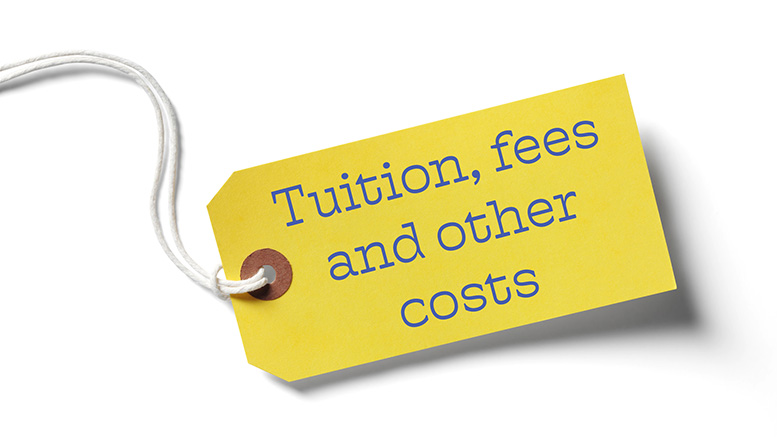About two-thirds of community college students earning an associate degree or certificate in 2019-20 didn’t take loans to cover their studies, according to an annual report on trends in college pricing and student aid from the College Board.
Although the report is known for its fall listing of college sticker prices and net costs across all higher education sectors, a section of the report on cumulative debt among credential recipients is especially timely as national discussions about college debt continue.
Because community colleges are relatively inexpensive, more of their students can afford to enroll and don’t have to take student loans to cover the cost. Among students who received associate degrees at community colleges in 2019-20, 67% did not borrow, compared to 11% at for-profit associate-degree institutions, the report says. Among students receiving a certificate at a community college, 68% didn’t borrow, compared to 9% among for-profits.
Among public four-year bachelor’s-degree recipients, 39% had no debt.
In 2019-20, 24% of the more than 4 million undergraduate credentials conferred were certificates, 25% were associate degrees and 51% were bachelor’s degrees, the report says.
Tuition, fees up 2.6%
The average 2023-24 tuition-and-fees listed price for public two-year colleges is $3,990, which is an increase of 2.6% (or $100) for full-time students compared to last fall, according to the report. That’s slightly up from the 1.6% increase ($70) in fall 2022.
College Board explained that many colleges and universities didn’t raise tuition during the Covid pandemic, and more institutions raised tuition this academic year than in the previous two years.
Still, when factoring in grant aid, full-time community college students on average generally have enough financial assistance to cover tuition and fees — as they have since 2009-10, the report says.
Stickers prices for full-time in-district students ranged across states, from $1,440 in California and $2,130 in New Mexico, to $8,660 in Vermont. Published prices did not increase in 10 states.
For comparisons, average tuition and fees for full-time students at public four-year institutions increased 2.5% ($270) this fall to $11,260.
The published prices are enrollment-weighted, meaning charges of institutions with larger full-time enrollments are weighed more heavily than those of institutions with lower enrollments.
Other costs
Tuition and fees are only part of students’ total college costs. Housing and food, books and supplies, transportation and other expenses push up the cost. College Board notes that these expenses vary less across all institution sectors than tuition and fees. In 2023-24, full-time students needed about $9,640 to cover housing and food after grant aid, and another $5,900 for books, supplies and other expenses.
“As a result, while the average published in-district tuition and fee price at public two-year institutions is 35% of the in-state prices at four-year colleges, the total public two-year in-district student budget is 69% of the public four-year in-state student budget ($19,860 vs. $28,840),” the report says.
College Board also took a long-term look at published tuition and fees. Since 1993-94, the sticker price has increased an average of $1,340 at community colleges. Over the same 30-year period, the published price at public four-year institutions has increased $5,880 on average.
Net price by income was also analyzed. In 2019, 39% of full-time in-state community college students received enough grant aid to cover their tuition and fees, including 71% of those from families with incomes of less than $40,000 and 38% of families earning $40,000 to $79,999.
HEERF and institutional aid
College Board notes that in fall 2021, one-third (33%) of all undergraduates at community colleges were enrolled full-time, compared to more than 80% at public four-year and private nonprofit four-year institutions.
College Board also looked at funding through the federal Higher Education Emergency Relief Fund (HEERF), which totaled $14 billion. Within each sector, HEERF funding per FTE student was higher for institutions with larger shares of students receiving Pell grants. The public two-year sector enrolled 24% of FTE students and received 35% of HEERF funding. Average HEERF funding for community college students was $2,000, compared to $1,230 for public four-year students.
The report also shows the historical average institutional grant aid by sector, which for community colleges grew from $210 in 2006-07, to $260 in 2020-21. At public four-years, it increased from $1,700 to $3,800 over the same period.
The percentage of first-time full-time students receiving institutional grants also increased across all sectors. At community colleges, it jumped from 12% in 2006-07, to 13% in 2013-14, to 21% in 2020-21.

